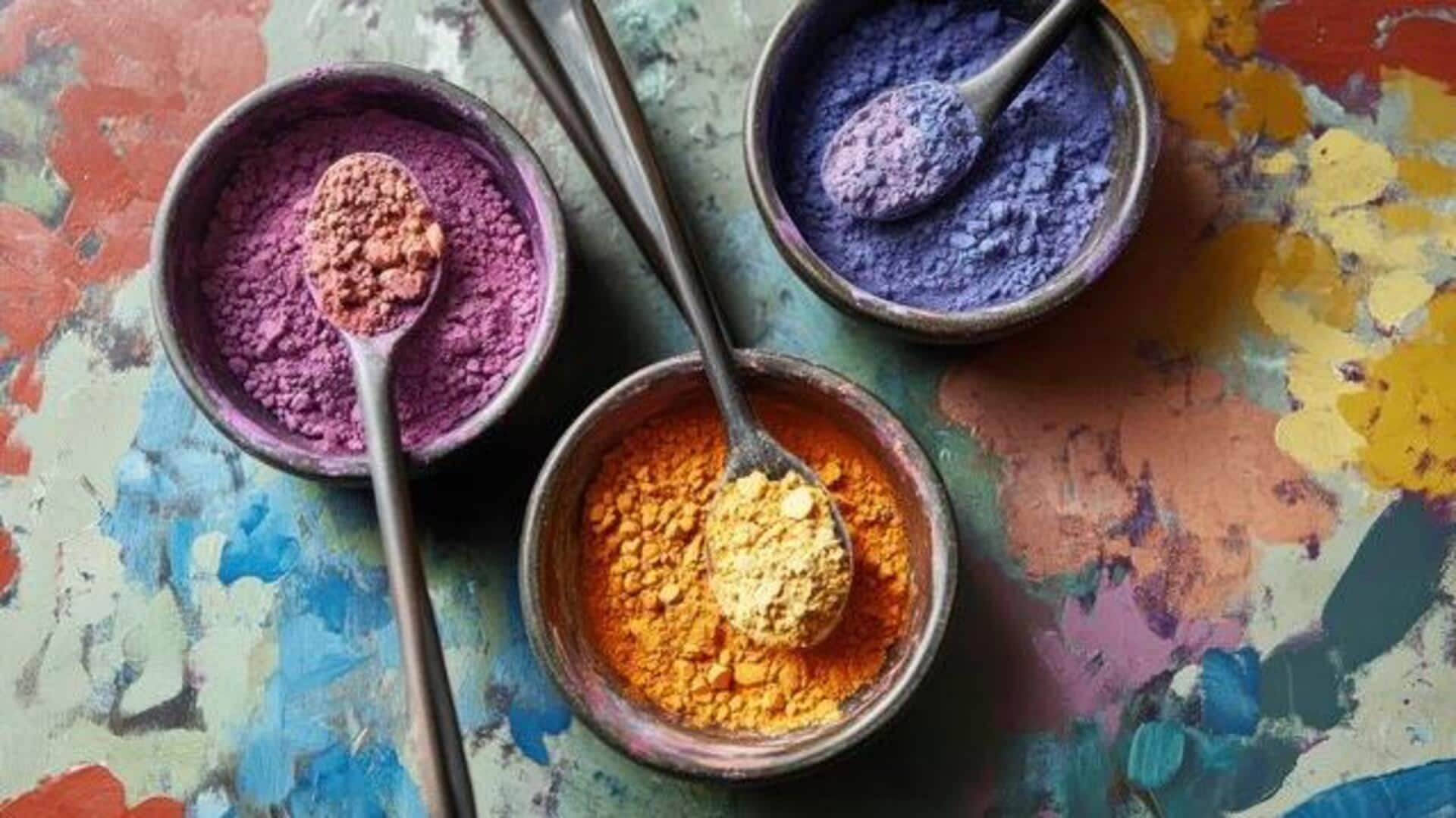
Earth pigments in art: Significance and uses
What's the story
For centuries, African earth pigments have been at the forefront of art, providing a palette from the very lap of nature. Known for their vibrancy and cultural importance, these pigments have been used by artists across the continent to create works that marry tradition and invention, a testament to the timeless influence of these pigments in African art.
Natural Origins
Natural sources of earth pigments
Earth pigments are obtained from naturally occurring minerals in different parts of Africa. Iron oxides, clays, and various other minerals contribute a spectrum of colors, from deep reds to soft yellows. These are usually collected from riverbeds or mined directly from the earth. Different regions have different minerals, which impacts the color palette available to local artists.
Artistic uses
Applications in traditional art
In traditional African art, earth pigments are widely used in painting, pottery decoration, and textile dyeing. Artists mix these pigments with binders like water or plant-based substances to prepare paints for various surfaces. The durability of these natural colors makes them perfect for artworks meant to last generations. Each pigment's unique properties add to the texture and depth of traditional pieces.
Cultural importance
Cultural significance of pigments
The use of earth pigments is deeply rooted in cultural practices across Africa. Colors derived from these natural sources often hold symbolic meanings within communities, representing concepts such as fertility, life cycles, or spiritual beliefs. Artworks created with these pigments serve as visual narratives that convey stories and traditions passed down through generations.
Contemporary uses
Modern adaptations and innovations
Today's artists continue to explore new ways to incorporate earth pigments into modern art forms while respecting traditional methods. Some blend ancient techniques with contemporary styles to create innovative pieces that resonate with both historical context and current artistic trends. This fusion allows for a dynamic expression that honors heritage while embracing modernity.